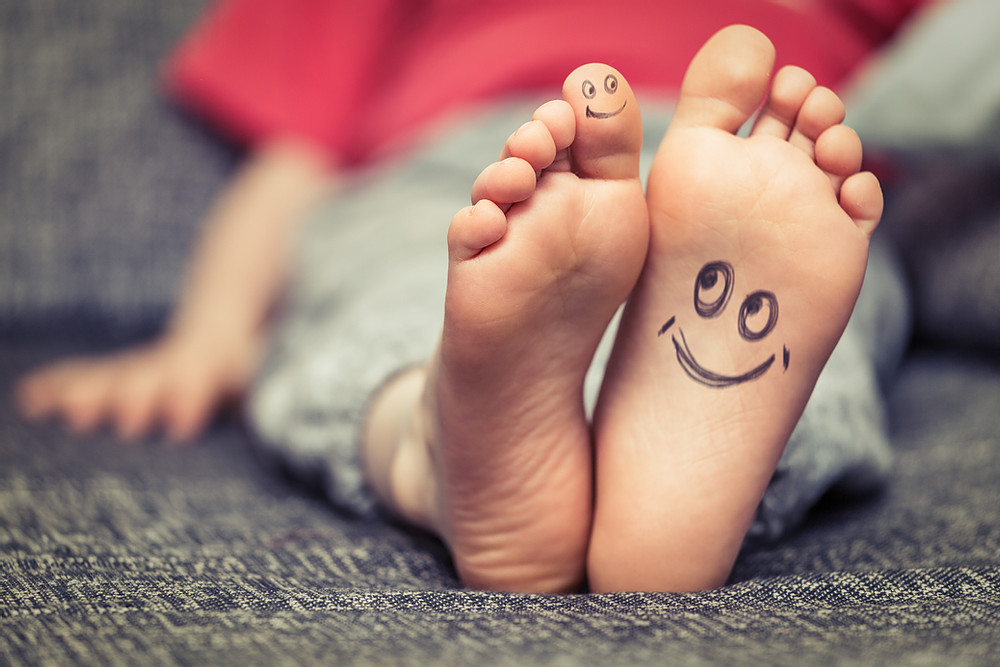Flat Feet
As the children prepare to return to school in Australia, many chiropractors offer a ‘Back-to-school check-up’ looking at posture, back packs and school shoes. A common concern in my practice is the issue with ‘flat feet’, with parents wondering if their child needs orthotics or a particular brand of shoes. Whether you prescribe to the ‘no-shoes-school’ or the ‘proper arch support and heel cup’, it can be valuable to have a look at the feet. Research has indicated that flat feet in adults is associated with back pain and lower limb and foot pain, as well as degenerative joint disease.
We are born with flexible, flat feet which, in typically developing children, will become less flat and develop a longitudinal arch over the next 10 years or so. The degree of ‘flatness’ and when it is a problem is not well-defined in the literature, but is apparently up the individual practitioner’s discretion. In a worldwide systematic review looking at the development of foot arches in children (Europe, Asia, Africa, North and South America, the Middle East and Australia), it was found that the arch starts to develop at approximately three years of age and continues to increase in height until 8-10 years of age. The articles reviewed spanned from 1987-2016. The fact that international studies over a long time frame were evaluated helps determine what is truly normal. The current trend in the industrialised world, with increasing numbers of physically inactive children wearing closed-in shoes 24/7 from when first learning to walk may detrimentally impact foot function, as well as the formation of a medial longitudinal arch.
The review did not find a commonly accepted procedure for assessment, nor is there any definitive criteria for when to provide treatment. Some tools mentioned that could be useful for our profession are the rear foot angle, looking at valgus formation between the tibia and calcaneus, the height of the arch itself and the Chippaux-Smirak index, which compares the ratio of the width across the smallest section of the midfoot on a footprint to the width across the widest section at the metatarsal heads.
When looking at a child’s feet it is important to do so as part of assessing the whole child. It is not just about the static position of bones, it is about the function of the individual bones as a part of a whole. What is the child’s spinal posture like? If the child has low muscle tone it will affect the feet as well as spinal posture and overall development. Nervous system interference is involved in spinal and foot function. Does the child have hypermobility and ligament laxity? This can be part of syndromes which may or may not be suitable for certain types of chiropractic care. If the child is overweight the flat feet may be fat feet?
Another useful tip is to look at the arch when the child is standing on their toes. If the arch increases, it may be more of a functional flat foot, which is more likely to improve with adjusting and exercises. Some useful exercises include scrunching up the toes, picking up small items with the toes and lots of barefoot walking on uneven surfaces (eg. sand, smooth rocks, grass and trees branches) and well as climbing trees, ladders, monkey bars and climbing walls. These will help increase intrinsic foot and calf muscle strength as well as improve core strength, foot mobility and brain stimulation, and promote development of better intrinsic foot arch support.
The take home message here is that it is normal for typically developing young primary school children to have quite flat feet and that a full health assessment would be useful to determine possible functional impacts.
The typically developing pediatric foot: how flat should it be? A systematic review
Hayley Uden, Rolf Scharfbillig and Ryan Causby



